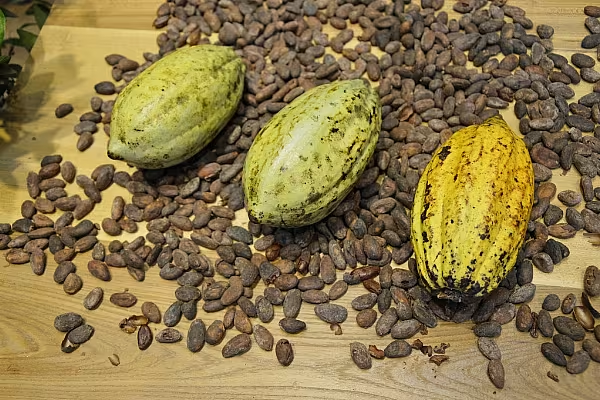Hedge funds have finally lost their appetite for cocoa.
As traders from Cargill, Inc. to Olam International Ltd forecast good crops this season, funds turned bearish for the first time in more than four years, according to data published by ICE Futures Europe.
Barry Callebaut AG, the world’s largest maker of bulk chocolate, forecasts a surplus for this season, and Rabobank International Ltd says that excess supplies could last into 2017-18.
As funds pull out, prices have slumped, putting London-listed cocoa on track for the first annual drop in five years. Global production will exceed consumption by 221,000 tonnes in the 12 months started in October, reversing last season’s shortage of 160,000 tonnes, according to KnowledgeCharts, a unit of Commodities Risk Analysis.
"We are in front of two years of estimated surpluses, mainly on the back of very large West African crops, but also, apparently, stocks in Europe did not decline as much as expected," Carlos Mera, an analyst at Rabobank in London, said by email. "There was a large sell-off, but I think it’s an overreaction."
Bearish Bets
Money managers were net-short London cocoa by 1,758 futures and options in the week ended 8 November, according to the Commitment of Traders report published on Monday. That’s the first bearish reading since February 2012 and reverses a net-long position of 19,734 contracts a week earlier.
Futures have fallen 11% in November, and a loss that steep would be the biggest monthly decline since 2011. Futures for March slid as much as 1.2% to £1,997 a tonne ($2,489) on Monday.
Cocoa crops in the 2016-17 season will be "fairly good", Sunny Verghese, chief executive officer at Olam, the third-biggest processor, said Monday.
The bigger of two annual crops looks 'much better' than last year, Cargill said in an October report on its website. The surplus could be over 200,000 metric tonnes, the head of the company’s cocoa and chocolate division said in September.
"We expect, in all West African countries, good volumes to come to the ports very soon, peaking from November to the end of the year," Cargill said.
The US Climate Prediction Center has said that a weak La Niña weather pattern is under way. That may boost crops in South-East Asia, especially Indonesia, Mera of Rabobank said.
"We, however, expect some recovery in demand in 2017, which is not priced in and should help support prices,” he said.
News by Bloomberg, edited by ESM. To subscribe to ESM: The European Supermarket Magazine, click here.














